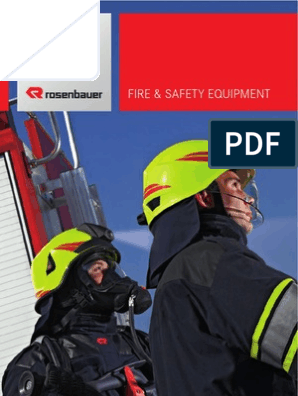0% found this document useful (0 votes)
76 views10 pagest660 Engineering Science n3 April QP 2017 Signed Off
This document is a National Certificate examination paper for Engineering Science N3, dated 30 March 2017, consisting of multiple questions covering various topics such as motion, moments, forces, friction, heat, hydraulics, electricity, and chemistry. It includes detailed instructions for answering the questions, requirements for calculations, and a formula sheet. The total marks for the examination are 100, and students are expected to demonstrate their understanding of engineering principles and calculations.
Uploaded by
pellelesediCopyright
© © All Rights Reserved
We take content rights seriously. If you suspect this is your content, claim it here.
Available Formats
Download as PDF, TXT or read online on Scribd
0% found this document useful (0 votes)
76 views10 pagest660 Engineering Science n3 April QP 2017 Signed Off
This document is a National Certificate examination paper for Engineering Science N3, dated 30 March 2017, consisting of multiple questions covering various topics such as motion, moments, forces, friction, heat, hydraulics, electricity, and chemistry. It includes detailed instructions for answering the questions, requirements for calculations, and a formula sheet. The total marks for the examination are 100, and students are expected to demonstrate their understanding of engineering principles and calculations.
Uploaded by
pellelesediCopyright
© © All Rights Reserved
We take content rights seriously. If you suspect this is your content, claim it here.
Available Formats
Download as PDF, TXT or read online on Scribd
/ 10























































































